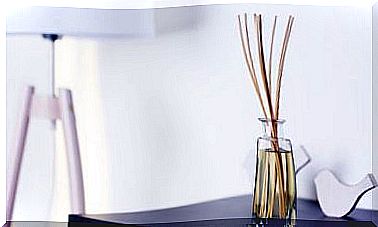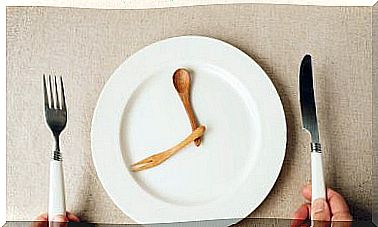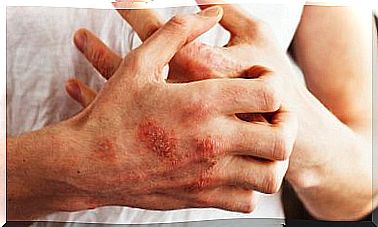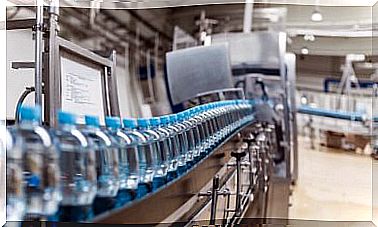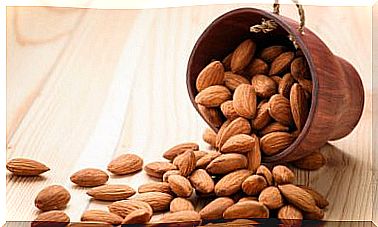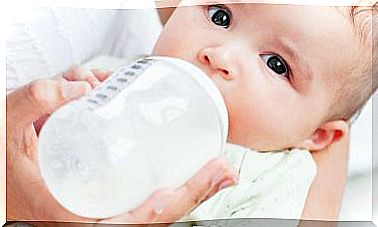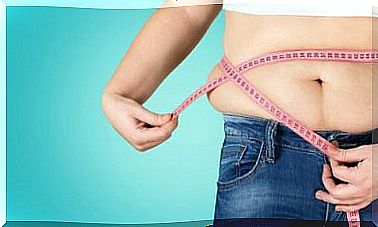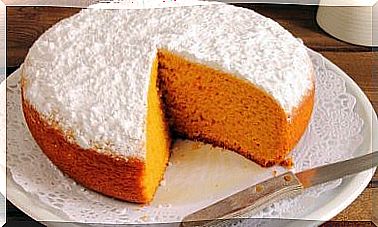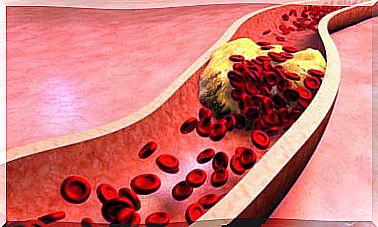Types Of Treatments For Papulo-pustular Acne
When papulo-pustular acne is complicated, isotretinoin can be used by mouth, which controls acne very well, but has side effects.
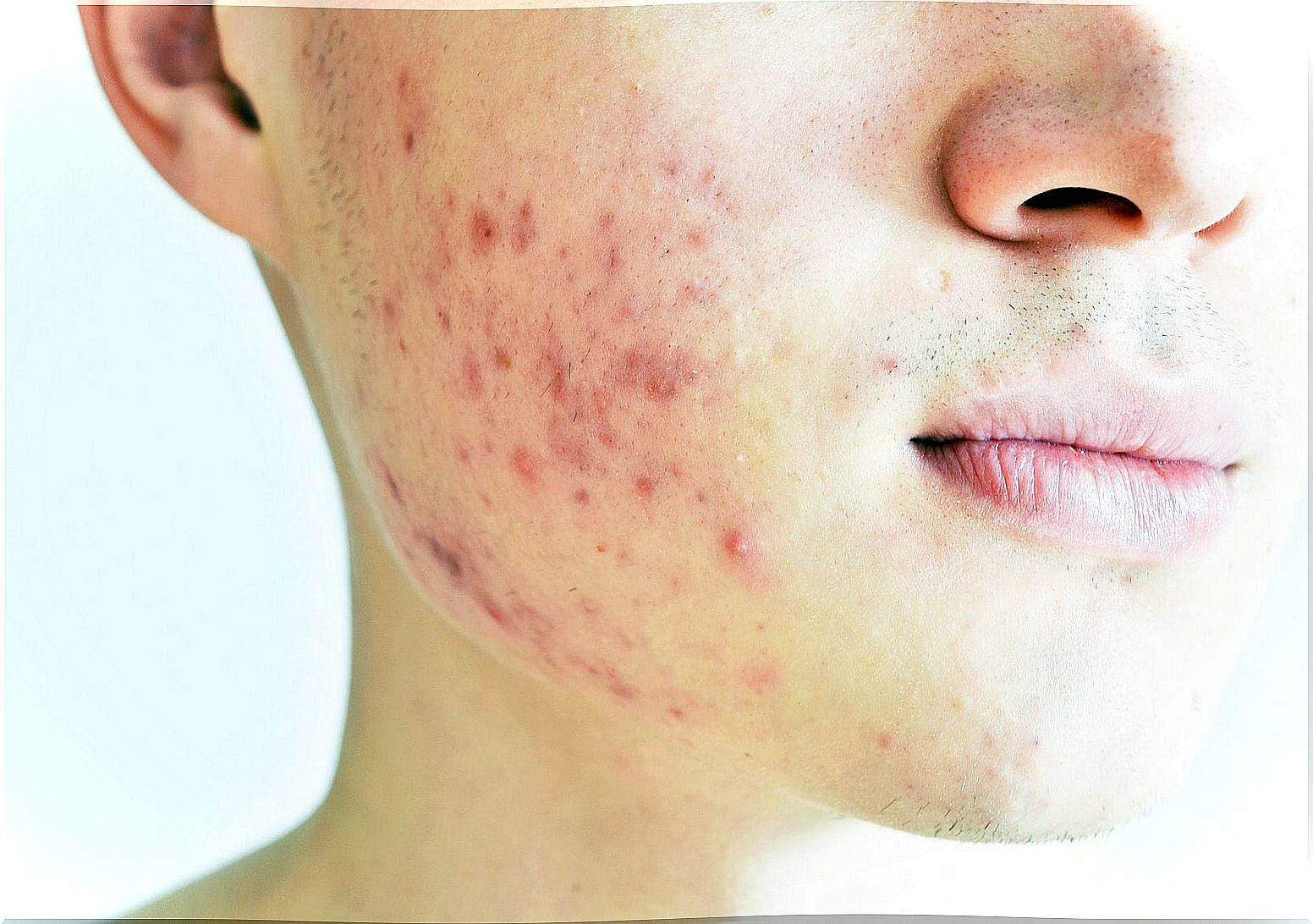
Papule-pustular acne is a specific type of acne. Acne itself is a skin disease characterized by an inflammation of the sebaceous glands. The so-called comedones occur. It is the most frequent cause of dermatological consultation. In fact, it is estimated that almost 85% of adolescents suffer from it to a greater or lesser extent.
Acne has a multifactorial etiology. First, there is an increase in sebum production, mainly due to the action of androgens.
In addition, its composition is altered. Comedones are formed by a disturbance of keratinization. Keratinized cells shed, and cannot be removed, forming a conglomerate of cells and fat. On the other hand, a proliferation of the bacterium Propionibacterium acnes takes place .
To all this is added a secondary inflammatory process. All of this ends up giving rise to the typical acne lesions. In this article we will focus on papulo-pustular acne and its treatment. Keep reading!
What is papulo-pustular acne like?
Papule-pustular acne, like acne in general, is a very common pathology. It is not serious, but it affects aesthetically and psychologically everyone who suffers it. As we’ve mentioned, most teens suffer from it to some degree. However, adults can also present it. It affects both men and women.

Papule-pustular acne is also called moderate acne . As its name suggests, it is a mixture of papules and pustules. Papules are consistent, circumscribed elevations of the skin.
They are formed by the obstruction of the follicle, with subsequent inflammation. Pustules are small initially purulent cavities. They are yellowish-white in color. In addition, they are larger and more inflamed lesions than papules.
That is, red and inflamed pimples predominate, and what is known as pimples with pus. It occurs mainly on the forehead, nose, and cheeks. Although it is less frequent, it can also occur on the back. When it subsides, it can leave scars and hyperpigmented skin.
Bases of acne treatment
The general treatment of acne is based on the etiopathogenesis of the condition. Both topical and systemic treatments are used. To treat ductal hyperkeratosis, comedolytics or exfoliants are used.
Among them are isotretinoin, salicylic acid or adapalene. Isotretinoin also influences excess sebum production, as do antiandrogens or estrogens.
Second, antibiotic drugs are used for the proliferation of Propionibacterium acnes . The most widely used are doxycycline, erythromycin, and clindamycin. For very severe cases, metronidazole or corticosteroids are used.
Treatment of papulo-pustular acne
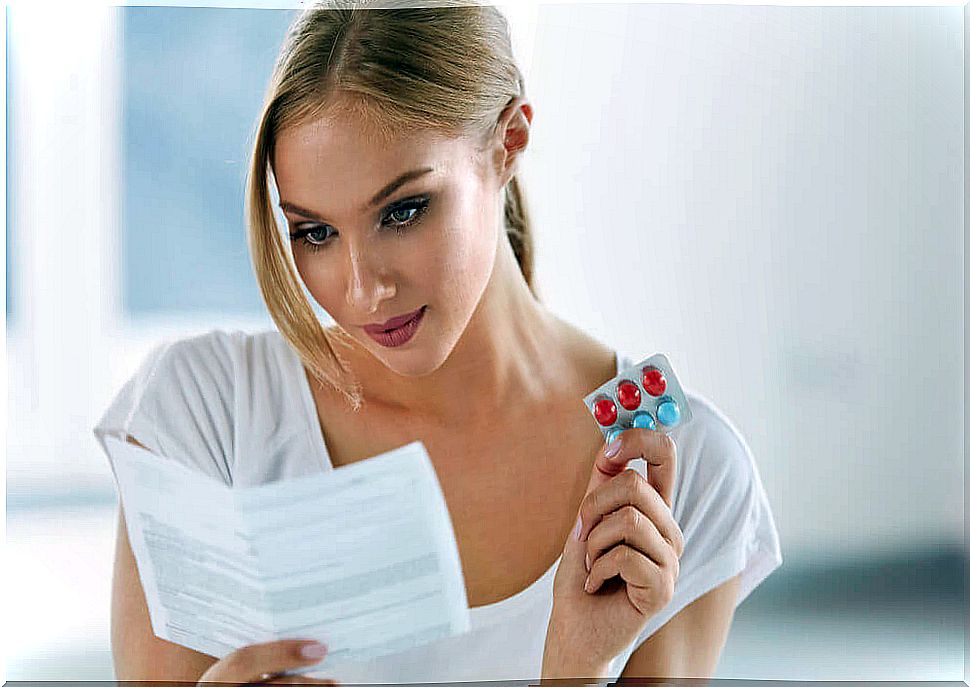
In the specific case of papule-pustular acne, treatment may include :
- Benzoyl peroxide (POB). It is a substance with antimicrobial action. It also has anti-inflammatory qualities. It is the treatment of first choice. It can cause irritative reactions and dryness. However, it does not produce bacterial resistance.
- Topical antibiotics such as erythromycin and clindamycin. They are usually combined with benzoyl peroxide.
- Antibiotics taken by mouth. As we have mentioned, the most used is doxycycline. However, others such as minocycline, tetracycline, and erythromycin can be used. The problem is that they are phototoxic. That is, they cause skin irritation when there is sun exposure. Therefore, you have to be very careful in summer.
- Topical retinoids. Adapalene or retinoic acid is usually used. It is important to know that they are contraindicated in pregnancy.
- When the cause is a hormonal alteration, oral contraceptives, corticosteroids or antiandrogens are used.
When papulopustular acne is complicated, isotretinoin is often used orally. It is a derivative of vitamin A. It controls severe acne very well and causes less scarring. Therefore, it is indicated when the patient does not respond to treatment or has severe scars.
However, it has certain serious side effects. It can cause dry skin and mucous membranes. In addition, it is totally contraindicated to consume alcohol during treatment, which must be at least six months. It is also teratogenic, so the woman should be advised not to become pregnant.
The choice of treatment always depends on the severity of the injuries. Thus, topical treatments are preferred over systemic ones. As papule-pustular acne is usually of moderate severity, the most commonly used treatment combinations are, ultimately, benzoyl peroxide with adapalene or clindamycin.
Papule-pustular acne should be treated with topical medications. If the lesions become more severe, systemic medications such as doxycycline or isotretinoin can be used. Either way, the most important thing is to see your doctor.
